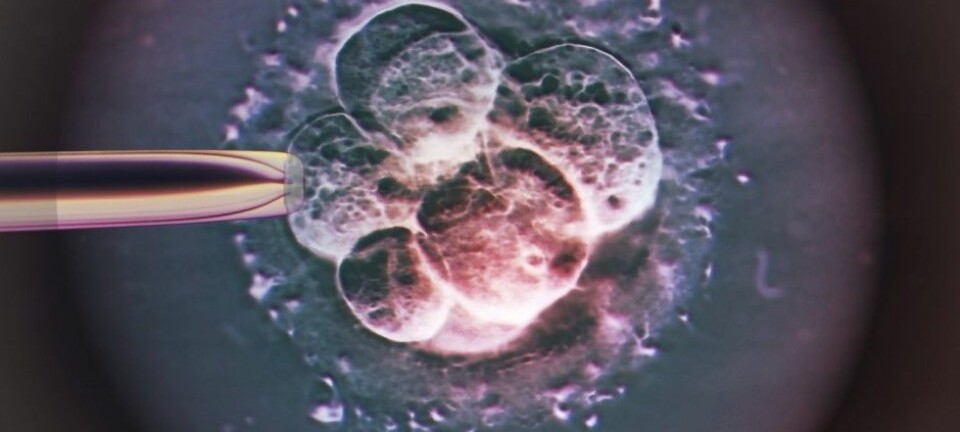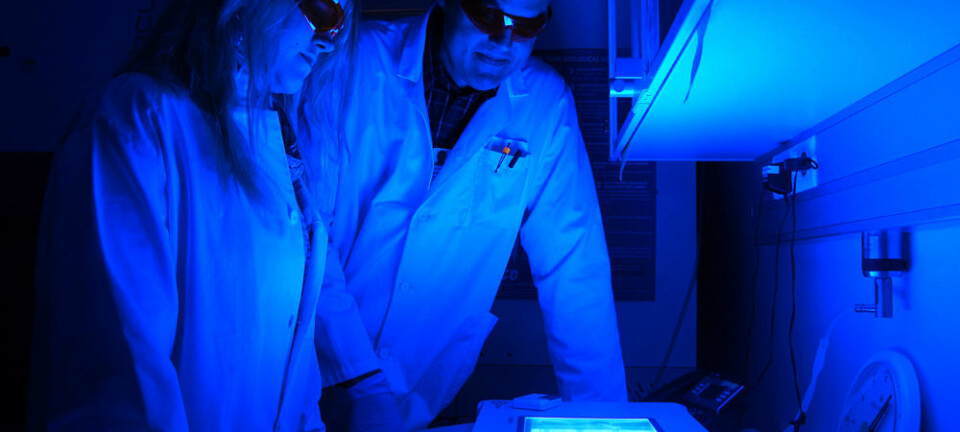
Scientists can now predict breast cancer in four out of five cases
New method can predict breast cancer two to five years before it occurs.
In a new study, scientists have devised a new method which enables them to predict if you will develop breast cancer within the next two to five years.
"This method is better than mammography, which can of course only be used whether the disease has already developed,” says Rasmus Bro, co-author of the study and professor of chemometrics at the Department of Food Science at the University of Copenhagen.
“The method may not be perfect, but it's seriously good. At the same time it's one which, at least in theory, could be applied to other types of cancer and entirely different groups of diseases,” says Bro. “The ability to predict disease before it occurs makes the method a kind of oracle.”
The method analyses a blood sample from the patient and uses an advanced mathematical algorithm to search for metabolic patterns associated with breast cancer. In 80 per cent of cases the method is able to predict whether or not you will develop breast cancer within 2 to 5 years.
"The incredible perspective of this is that we may also be able to find out what lies behind the metabolic patterns,” says study co-author Lars Ove Dragsted, a professor at the Department of Nutrition, Exercise and Sports at the University of Copenhagen.
“This shows that something must be going on in the years leading up to the time a person gets breast cancer and if we can find an explanation for this we may be able to use it to prevent the disease,” says Dragsted.
The two professors carried out their study, which was recently published in Metabolomics, together with colleagues from the University of Copenhagen and the Danish Cancer Society.
Researcher: interesting and innovative study
Henrik Ditzel, a professor of oncology and researcher at the University of Southern Odense Hospital, is also working on a diagnostic test for breast cancer based on blood sample analyses of MicroRNA on women's blood.
RNA is a single-strand copy of the double-stranded DNA which contains the genetic code of human cells. MicroRNA are short linear sequences of non-coding RNA which can bind to messenger RNA and prevent them from being transformed into proteins.
"The idea of examining metabolites in the blood in association with early diagnosis of cancer is interestingly relatively new," says Ditzel. “And what's exciting is that they have combined their biological measurements with life style parameters; whether the women have had children, how old they were when they gave birth, and what the women had eaten. This is an interesting way to combine data.”
"It seems to be a promising study, but more validation studies will be necessary before their test can be used clinically. I think it's too early to compare the test with mammography -- but I think it's promising so they should continue developing the test," he says.
Breast cancer test far from ready to fly
Bro and Dragsted admit their testing method as far from ready to be used in a clinical setting.
Development of the breast-cancer test is equivalent to what one would normally refer to as a prototype, and the scientists cannot say when doctors will be able to use the test in practice.
The study was done in collaboration with the Danish Cancer Society, which has shared a data from a population study involving 57,000 people with the scientists.
The participants in the population study were followed for a number of years. They were examined for the first time in 1994-96 when they were measured and weighed, answered a series of questions, and had a blood sample taken.
The scientists have used data and blood samples from 400 women from the 57,000 participants of the population study. The women were healthy the first time they were examined but were diagnosed with breast cancer between two and seven years after they were tested.
In addition, the scientists used similar data and blood samples from the approximately 400 in the population study who did not develop breast cancer.
The scientists checked to see whether the results were the same if they used an entirely different data set from women examined in 1997
The results were the same.
The breast cancer study focuses on the whole rather than individual components
According to Dragsted, the scientific approach in the new study is just as important and the results themselves.
"No individual part of the whole is necessary or adequate. It is the pattern that is the be-all and end-all and no element of the pattern can do the same as the whole pattern. In a large study you usually end up with a highly no-nonsense, simple result -- for instance that one food or ingredient of it is carcinogenic," he says.
"But the world is often more complicated than that and in this model we can't extract an individual biomarker and say it’s precisely that which has associations with cancer. It is the overall whole which can predict the cancer," says Dragsted.
-------------------
Read the original story in Danish on Videnskab.dk
Translated by: Hugh Matthews









